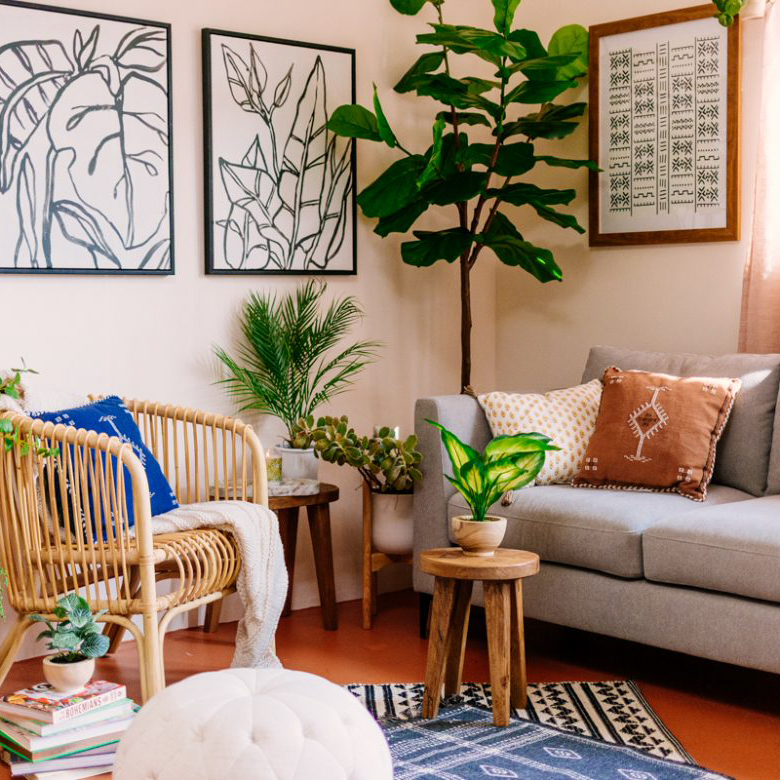Introduction
Lighting design is a critical aspect of interior design that guides the aesthetics and functionality of a living or working space. The relationship between light and space is critical, and the right lighting can make a considerable difference in how a room feels and functions. Therefore, lighting design should not be an afterthought, but an integral part of the design process. In this article, we will discuss the art and science of interior lighting design and how it can transform the ambiance of the interior space.
Principles of Lighting Design
There are three core principles of lighting design: functionality, aesthetics, and energy efficiency.
Functionality
The primary purpose of lighting is to enable visual tasks, and the lighting design must meet this requirement first. Lighting design should consider the tasks that will be performed in the space and the amount and quality of the lighting necessary for each task. Adequate lighting can improve concentration, minimize eyestrain, and increase productivity or comfort in living spaces.
Aesthetics
Lighting can change the look and feel of an interior space. It is essential to create an ambiance with the placement, direction, and intensity of light. Designers must consider the ceiling height, textures, and colors of walls and floors when choosing lighting fixtures. The lighting should complement the style and decor of the room and highlight the design elements, creating a cohesive and visually appealing environment.
Energy Efficiency
Energy efficiency is crucial in lighting design. Choosing energy-efficient lamps, fixtures, and bulbs can save energy and reduce costs. Light-emitting diodes (LEDs) are low-cost, energy-efficient, and capable of providing high-quality lighting for specific needs. Designers can choose lamps that have a timer or motion sensors to save energy and lower the carbon footprint.
Types of Lighting
There are four types of interior lighting: task lighting, ambient lighting, accent lighting, and decorative lighting.
Task Lighting
Task lighting is focused on particular activities like reading, cooking, or working on a computer. The light used should not cause glare and the intensity of the light can be adjusted to enhance the task.
Ambient Lighting
Ambient lighting provides general illumination for a room, making it possible to see and move around in the room comfortably. It can be achieved through fixtures, such as chandeliers, track lighting, or wall sconces.
Accent Lighting
Accent lighting highlights specific areas of a room or objects, such as artwork or a bookshelf. It adds depth and texture to the room and creates visual interest.
Decorative Lighting
Decorative lighting is purely for decoration and can be used to make a statement in a room. This can be achieved with a unique lamp or a chandelier.
Lighting Design Techniques
There are several techniques designers can use to create the desired ambiance and lighting effects.
Layering
Layering involves combining different types of lighting to create a more dynamic space. It involves using task, accent, and ambient lighting together to create a visually appealing environment.
Zoning
Zoning means dividing space into areas with specific types of light. This technique enhances the function of the space and creates different types of ambiance. For instance, a kitchen may have accent lighting over the counter, task lighting around the sink, and ambient lighting over the dining area.
Dimming Controls
Dimming controls enable the user to adjust the brightness of the light. This is ideal when creating different moods or achieving the right level of light for a task.



